Rural Energy Systems
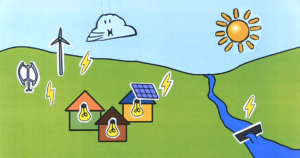 Universal access to modern energy is driven by both local and global factors, including climate change, population increase and future energy security. In order to be sustainable in the long term, rural energy systems need to meet the energy requirements of rural dwellers, while raising economic productivity and contributing to a sustainable development of the living conditions in these areas. They should also provide inputs for further rural energy interventions and reduce the environmental impact by focusing on renewable energy technologies.
Universal access to modern energy is driven by both local and global factors, including climate change, population increase and future energy security. In order to be sustainable in the long term, rural energy systems need to meet the energy requirements of rural dwellers, while raising economic productivity and contributing to a sustainable development of the living conditions in these areas. They should also provide inputs for further rural energy interventions and reduce the environmental impact by focusing on renewable energy technologies.
Rural Energy Systems Learning Tools

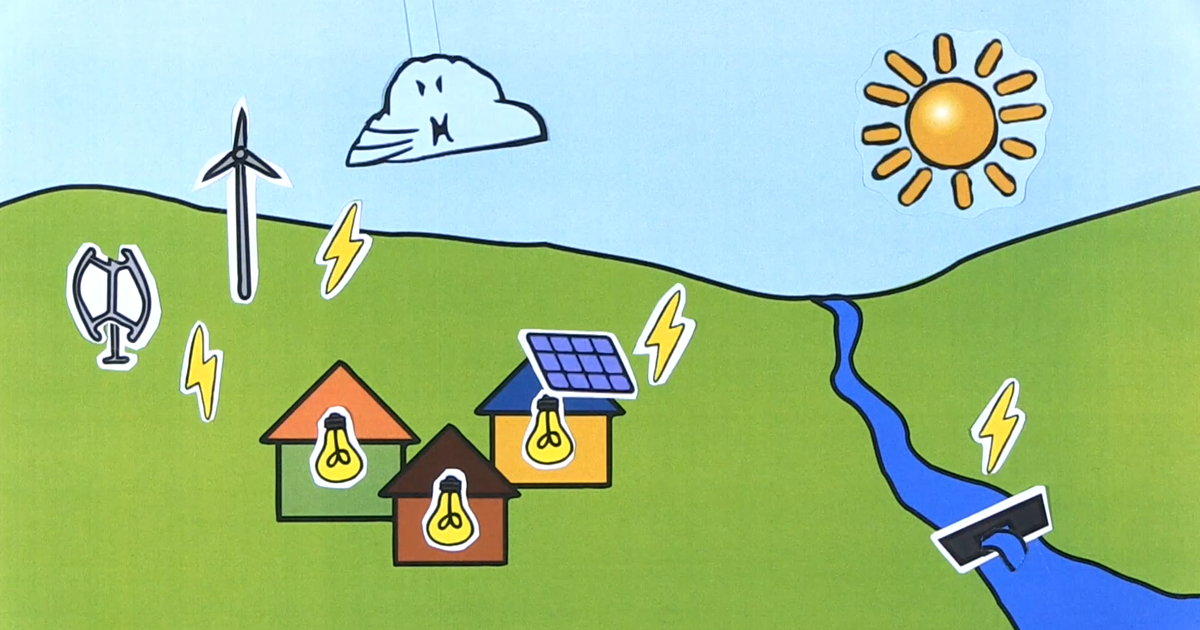








 Wastewater is a key feature of public concern, especially with increased issues related to water availability, sanitation, health and sustainability. Inappropriate use and inadequate management of wastewater pose a huge threat to social welfare and ecosystems.
Wastewater is a key feature of public concern, especially with increased issues related to water availability, sanitation, health and sustainability. Inappropriate use and inadequate management of wastewater pose a huge threat to social welfare and ecosystems.

 Biowaste stands for discarded biodegradable material. This means it can be broken down into carbon dioxide, water, methane or simple organic molecules by micro-organisms under anaerobic and aerobic conditions. One of the main reasons why biowaste represents a threat to the environment is the production of methane during its decomposing in landfills. This environmental impact can be significantly reduced through separate collection and use of biowaste.
Biowaste stands for discarded biodegradable material. This means it can be broken down into carbon dioxide, water, methane or simple organic molecules by micro-organisms under anaerobic and aerobic conditions. One of the main reasons why biowaste represents a threat to the environment is the production of methane during its decomposing in landfills. This environmental impact can be significantly reduced through separate collection and use of biowaste.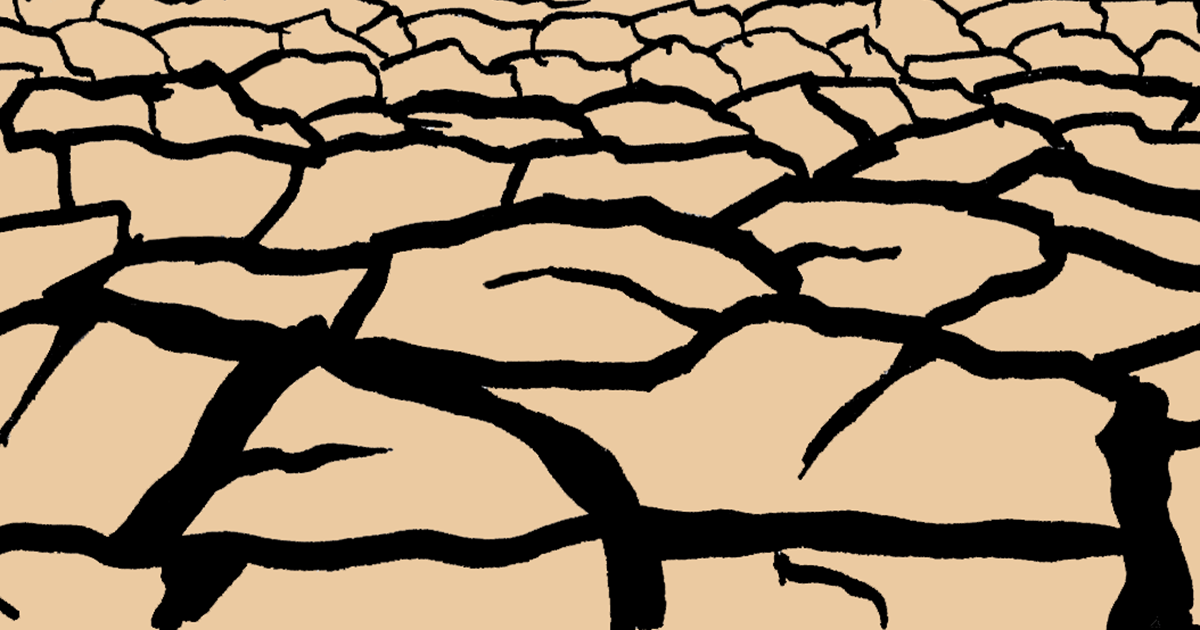
 Soil erosion is the displacement of the upper layer of soil (called topsoil). It is a naturally occurring process that affects all landforms. However, certain human activities greatly enhance this process and contribute to a significant soil loss. This matters significantly, because topsoil contains the highest amount of organic matter and is best suited for agricultural activities. In the last 150 years, as much as half of the world’s topsoil has been lost.
Soil erosion is the displacement of the upper layer of soil (called topsoil). It is a naturally occurring process that affects all landforms. However, certain human activities greatly enhance this process and contribute to a significant soil loss. This matters significantly, because topsoil contains the highest amount of organic matter and is best suited for agricultural activities. In the last 150 years, as much as half of the world’s topsoil has been lost.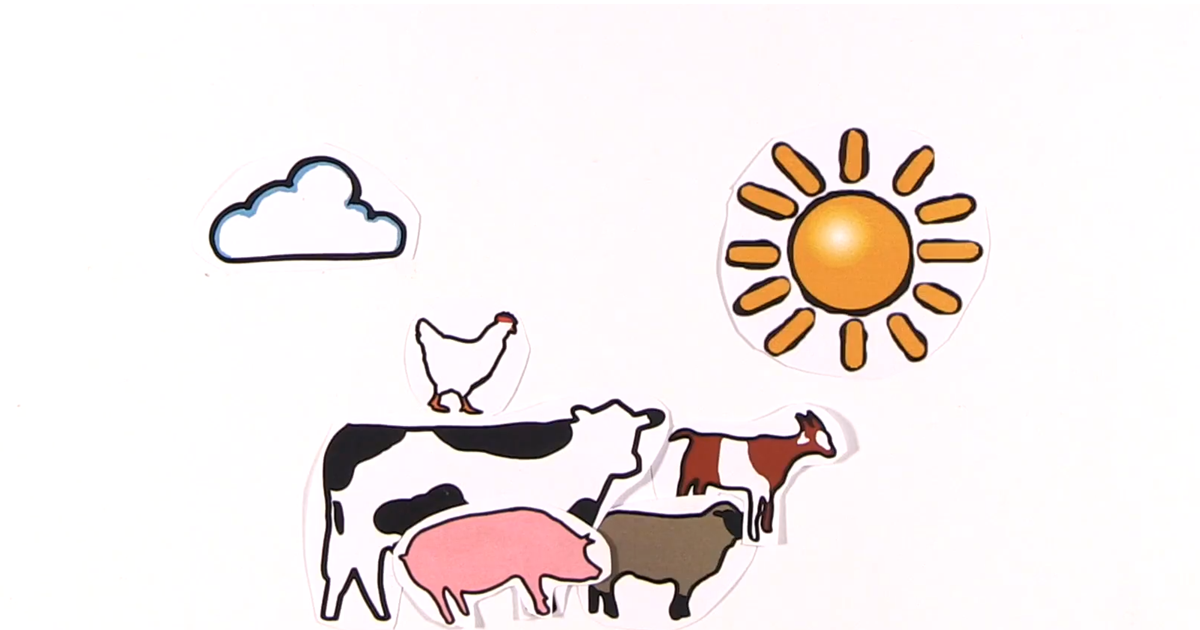
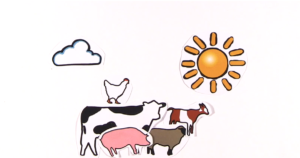 Livestock is a general term used for
Livestock is a general term used for 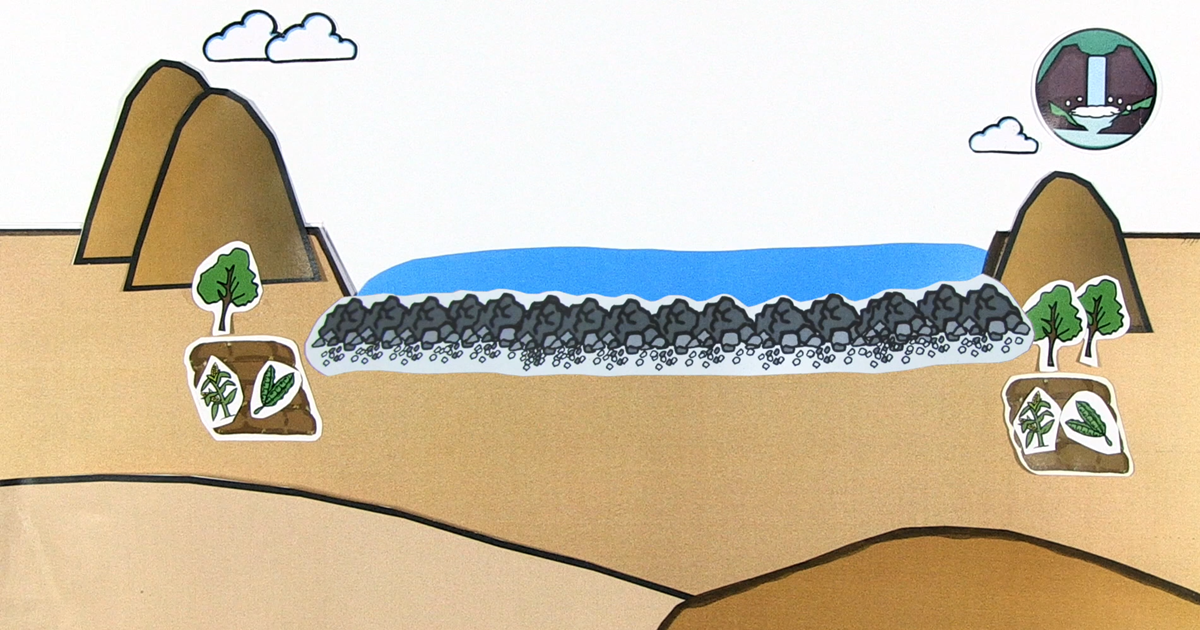
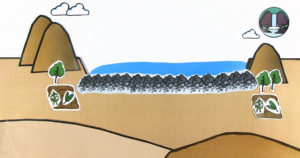 Traditional Ecological Knowledge (TEK) refers to ecological knowledge and practices of indigenous and local cultures. With a focus on Rainwater Harvesting (RWH) many different types of systems were designed based on scale, water usage and storage location. Over centuries, people in diverse geographical positions relied on rainwater and developed indigenous knowledge and techniques to harvest rainwater. These can be divided into these categories: Micro-catchment methods, Macro-catchment and Flood-water methods.
Traditional Ecological Knowledge (TEK) refers to ecological knowledge and practices of indigenous and local cultures. With a focus on Rainwater Harvesting (RWH) many different types of systems were designed based on scale, water usage and storage location. Over centuries, people in diverse geographical positions relied on rainwater and developed indigenous knowledge and techniques to harvest rainwater. These can be divided into these categories: Micro-catchment methods, Macro-catchment and Flood-water methods.
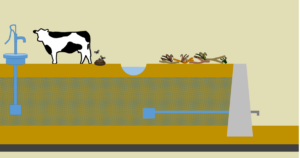 Sand dams represent a simple, low cost and low maintenance method for water conservation, especially suitable for semi-arid regions. They can retain rainwater and recharge groundwater. A sand dam is essentially a wall, which is built in stages across and into a seasonal sandy riverbed. It is most commonly made out of steel reinforced concrete, rubble stone masonry or earth. Its life span can be up to 50 years. By implementing sand dams, local communities are provided with a clean and reliable source of water, even during periods of drought.
Sand dams represent a simple, low cost and low maintenance method for water conservation, especially suitable for semi-arid regions. They can retain rainwater and recharge groundwater. A sand dam is essentially a wall, which is built in stages across and into a seasonal sandy riverbed. It is most commonly made out of steel reinforced concrete, rubble stone masonry or earth. Its life span can be up to 50 years. By implementing sand dams, local communities are provided with a clean and reliable source of water, even during periods of drought.
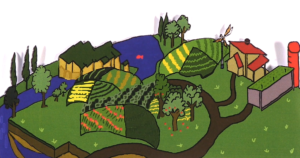 In arid and semi-arid regions of the world, water is the limiting factor for food production; especially in areas where rain-fed agriculture dominates. Rainwater harvesting systems have the potential to provide a sustainable source of water, while helping to achieve food security, combat soil erosion and flood hazards, simultaneously, if designed correctly. Rainwater harvesting systems have many applications and can prove especially useful in vulnerable rural areas.
In arid and semi-arid regions of the world, water is the limiting factor for food production; especially in areas where rain-fed agriculture dominates. Rainwater harvesting systems have the potential to provide a sustainable source of water, while helping to achieve food security, combat soil erosion and flood hazards, simultaneously, if designed correctly. Rainwater harvesting systems have many applications and can prove especially useful in vulnerable rural areas.
 As the world population is estimated to be over 9 billion by 2050, there is a growing demand to increase the quantity and quality of food. Good agricultural practices should be applied in order to create safe and wholesome food for consumers or further processing. This Toolbox delves into different agricultural practices that can contribute towards duly responding to this growing demand. The measures suggested in this Toolbox take into consideration their different accompanying environmental impacts, which are discussed within each tool.
As the world population is estimated to be over 9 billion by 2050, there is a growing demand to increase the quantity and quality of food. Good agricultural practices should be applied in order to create safe and wholesome food for consumers or further processing. This Toolbox delves into different agricultural practices that can contribute towards duly responding to this growing demand. The measures suggested in this Toolbox take into consideration their different accompanying environmental impacts, which are discussed within each tool.
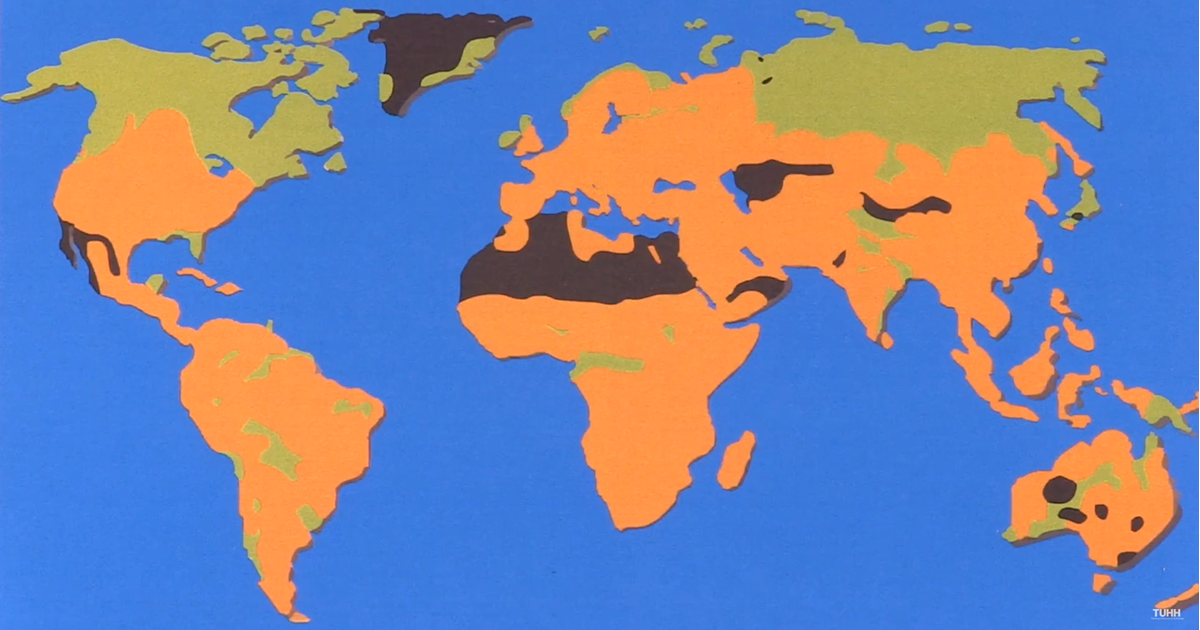
 Soil is the foundation of life. It is a medium for plant growth and a habitat for many insects and other organisms. As much as 95 percent of all our food
Soil is the foundation of life. It is a medium for plant growth and a habitat for many insects and other organisms. As much as 95 percent of all our food 


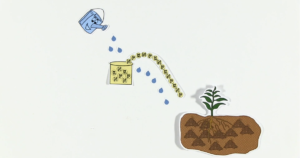 An average person produces around 500 litres of urine per year, which makes urine one of the principal excreta of human origin. Urine was seen as a waste product causing severe problems on the environment and challenging wastewater treatment systems, however, during the last decades urine was seen more and more as a valuable resource. Therefore, also research increased on the utilisation of urine tackling its challenges.
An average person produces around 500 litres of urine per year, which makes urine one of the principal excreta of human origin. Urine was seen as a waste product causing severe problems on the environment and challenging wastewater treatment systems, however, during the last decades urine was seen more and more as a valuable resource. Therefore, also research increased on the utilisation of urine tackling its challenges.
 Water is vital for the world. Inadequate access and inappropriate management of water result in a wide range of ecological challenges, also impacting the most basic human needs on
Water is vital for the world. Inadequate access and inappropriate management of water result in a wide range of ecological challenges, also impacting the most basic human needs on 
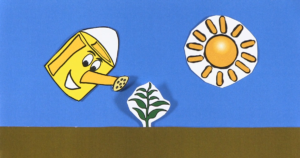 Irrigation has been practised worldwide for thousands of years and irrigated agriculture is one of the biggest users of water in the world. Although
Irrigation has been practised worldwide for thousands of years and irrigated agriculture is one of the biggest users of water in the world. Although 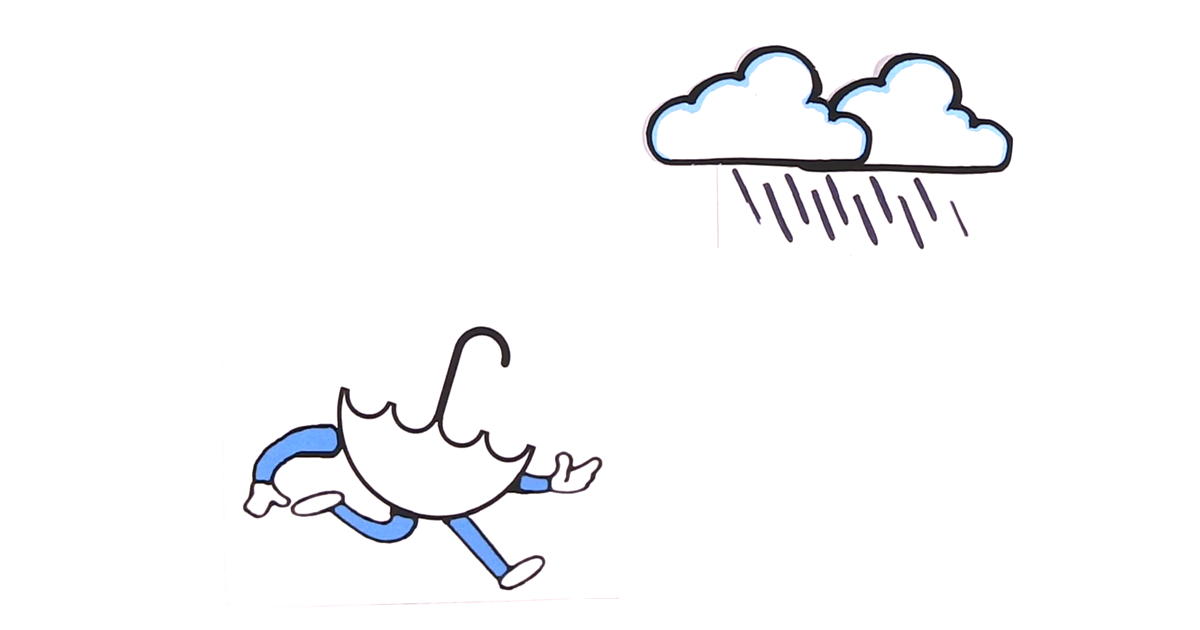
 Rainwater harvesting (RWH) is the collection and storage of rainwater that would otherwise run off. The water collected in this way can be used for a myriad of both domestic and agricultural purposes. Different types of systems are in use, depending on the scale, type of water use and the storage location.
Rainwater harvesting (RWH) is the collection and storage of rainwater that would otherwise run off. The water collected in this way can be used for a myriad of both domestic and agricultural purposes. Different types of systems are in use, depending on the scale, type of water use and the storage location.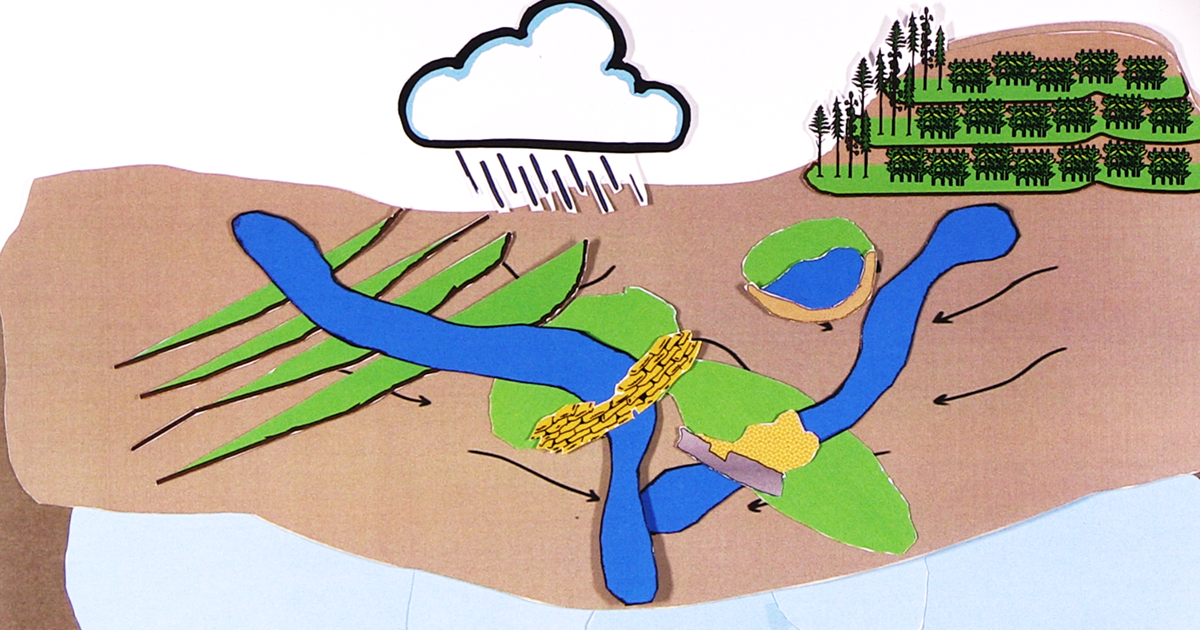
 Aquifers are geological formations of saturated rock beneath the surface, through which water can move. They act as natural filters and trap sediments and other particles, thereby providing natural purification of the groundwater flowing through them. Almost all aquifers are, in fact, not underground rivers, in which the water floows freely, but rather it has to squeeze through pore spaces of rock and sediment. Aquifer recharge occurs naturally through infiltration mechanisms. However, due to changes in the vegetation cover and increasingly soil erosion, the infiltration rates tend to decrease. The recharge of an aquifer can be managed by facilitating natural infiltration processes or by the construction of
Aquifers are geological formations of saturated rock beneath the surface, through which water can move. They act as natural filters and trap sediments and other particles, thereby providing natural purification of the groundwater flowing through them. Almost all aquifers are, in fact, not underground rivers, in which the water floows freely, but rather it has to squeeze through pore spaces of rock and sediment. Aquifer recharge occurs naturally through infiltration mechanisms. However, due to changes in the vegetation cover and increasingly soil erosion, the infiltration rates tend to decrease. The recharge of an aquifer can be managed by facilitating natural infiltration processes or by the construction of 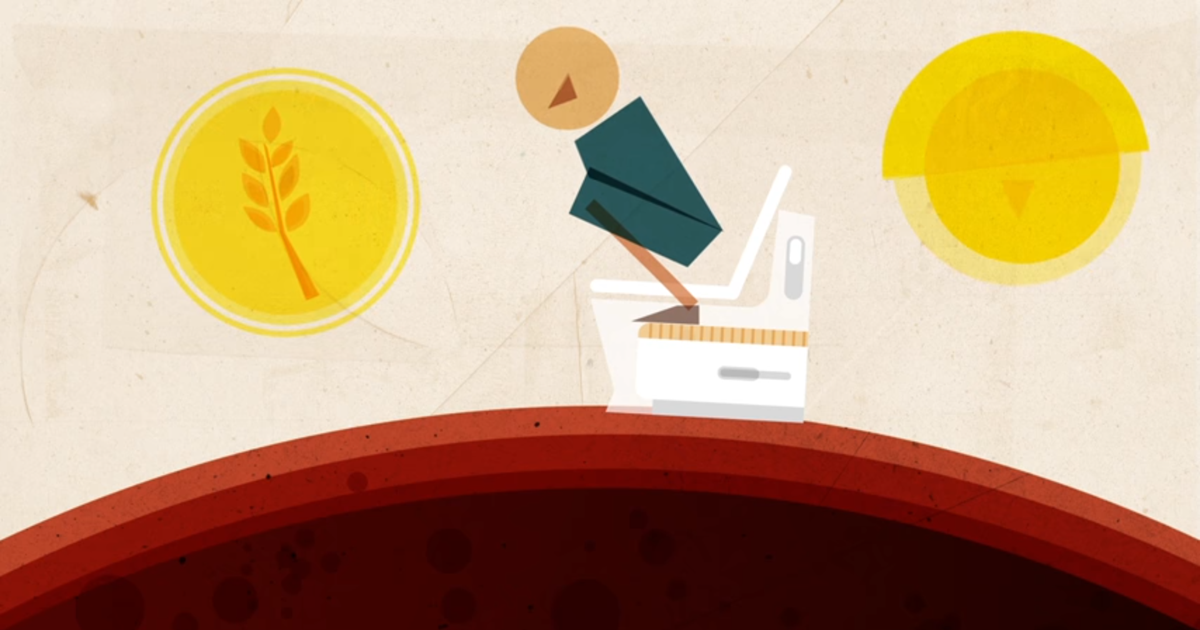
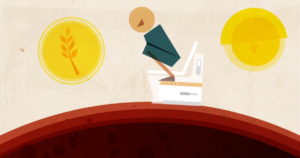 Terra Preta Sanitation (TPS) is an astonishing biowaste/sanitation system of a highly advanced ancient culture. Terra Preta shows great potential for soil building and nutrient recycling from excreta. TPS was developed through the inspiration from the rediscovered historic practice and is researched at the
Terra Preta Sanitation (TPS) is an astonishing biowaste/sanitation system of a highly advanced ancient culture. Terra Preta shows great potential for soil building and nutrient recycling from excreta. TPS was developed through the inspiration from the rediscovered historic practice and is researched at the 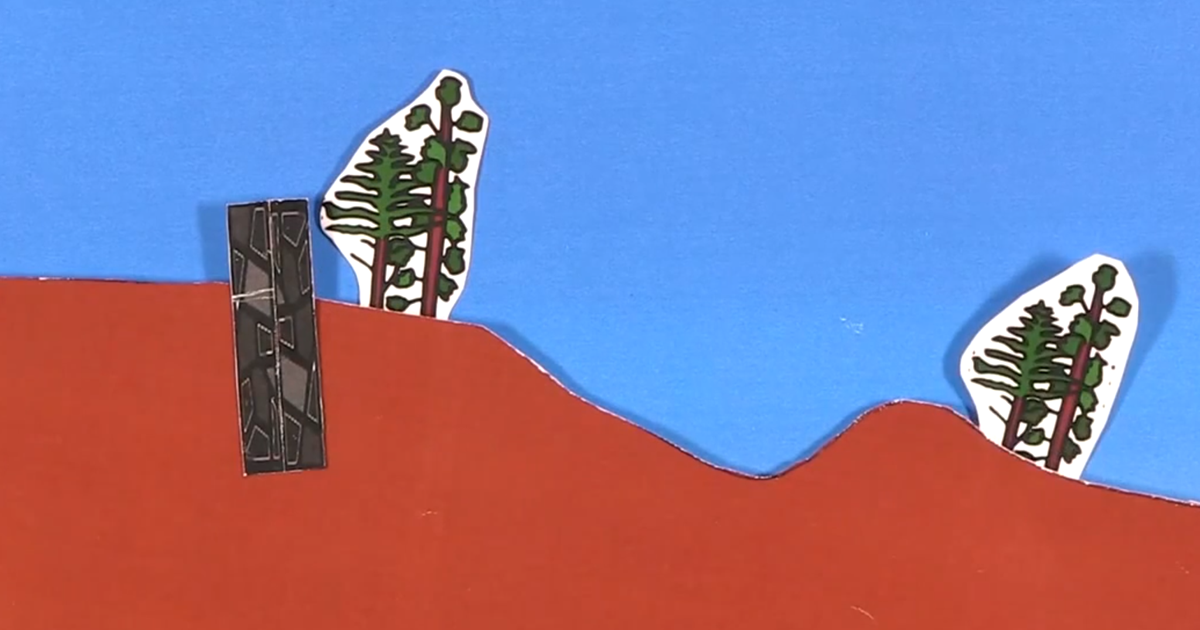
 This Toolbox is covering an introduction to living zerraces. Living terraces constitute a combination of erosion control measures on slopes. Their aim is to provide effective erosion control and soil building, with minimal labour and maintenance. The entire structure, with both vertical and horizontal elements, consists out of living trees. This greatly increases their stability and durability. At the same time, they provide a source of income in form of livestock fodder and green manure after only a few months. This type of practice represents a sustainable method of erosion control, which can have a chance to serve the local farmers in developing countries. Such methods should therefore be embedded into
This Toolbox is covering an introduction to living zerraces. Living terraces constitute a combination of erosion control measures on slopes. Their aim is to provide effective erosion control and soil building, with minimal labour and maintenance. The entire structure, with both vertical and horizontal elements, consists out of living trees. This greatly increases their stability and durability. At the same time, they provide a source of income in form of livestock fodder and green manure after only a few months. This type of practice represents a sustainable method of erosion control, which can have a chance to serve the local farmers in developing countries. Such methods should therefore be embedded into 

 Simply put, agroforestry is a combination of agriculture and forestry. It represents the inclusion of trees or other woody perennial plants into agricultural systems, including crop and livestock production. Agroforestry, unlike conventional large scale agriculture, has the objective of emulating natural ecosystems. This helps realize a number of ecosystem services. Those include the protection of soil against erosion and water-logging, minimizing evaporation of water from soil and plants by decreasing wind speed, water protection through deeper and more extensive root systems and increased biodiversity. Long term stability and productivity of agroforestry systems surpasses those of conventional monocultures or pasturelands as they tend to be more resilient. However, the establishment of trees on farmland comes with certain challenges.
Simply put, agroforestry is a combination of agriculture and forestry. It represents the inclusion of trees or other woody perennial plants into agricultural systems, including crop and livestock production. Agroforestry, unlike conventional large scale agriculture, has the objective of emulating natural ecosystems. This helps realize a number of ecosystem services. Those include the protection of soil against erosion and water-logging, minimizing evaporation of water from soil and plants by decreasing wind speed, water protection through deeper and more extensive root systems and increased biodiversity. Long term stability and productivity of agroforestry systems surpasses those of conventional monocultures or pasturelands as they tend to be more resilient. However, the establishment of trees on farmland comes with certain challenges.
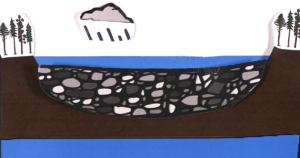 Check dams, or gully plugs, are structures built across channels to reduce erosion, by lowering water speed and accumulating sediments during floods. They are often introduced in already degraded areas, where natural or agricultural vegetation cover was lost or not capable of holding the top soil. Usually they are built in areas hit by intense runoff events, where conventional erosion control techniques are not sufficient. Check dams need to be built at the right places, ideally where water can be directed to suitable areas for
Check dams, or gully plugs, are structures built across channels to reduce erosion, by lowering water speed and accumulating sediments during floods. They are often introduced in already degraded areas, where natural or agricultural vegetation cover was lost or not capable of holding the top soil. Usually they are built in areas hit by intense runoff events, where conventional erosion control techniques are not sufficient. Check dams need to be built at the right places, ideally where water can be directed to suitable areas for